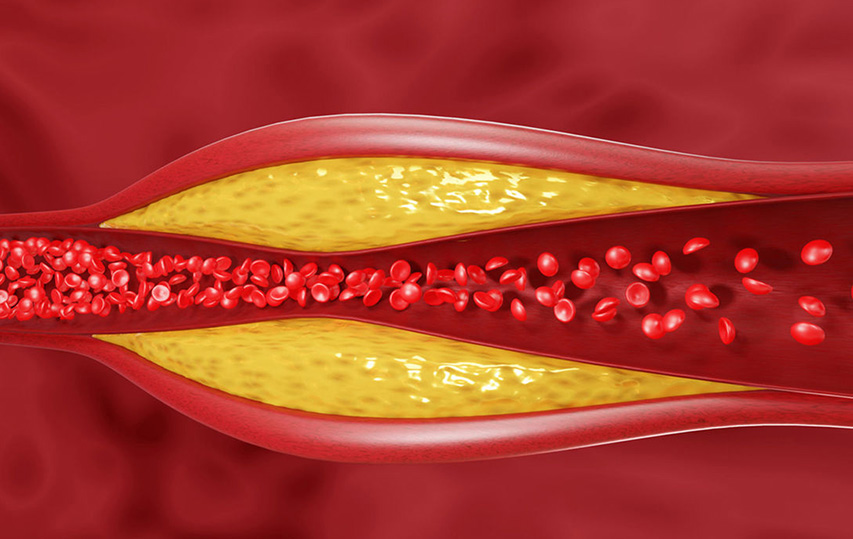Rethinking Cancer: Why We’re Treating the Fire, Not Fixing the Fuel
Rethinking Cancer: Why We’re Treating the Fire, Not Fixing the Fuel

What if the real problem in cancer care isn’t the tumor… but the terrain?
For decades, our standard approach to cancer has followed a predictable formula: cut it out, burn it with radiation, or poison it with chemotherapy. But here’s a sobering truth: despite technological leaps in medicine, cancer rates are rising, and survival outcomes for advanced cancers remain grim.
If our strategies were truly winning the war on cancer, shouldn’t we see less of it by now—not more?
Instead, we’ve gotten better at fighting fires… but forgotten to investigate what’s fueling them in the first place.
The Standard Sequence: Cut, Poison, Burn

When a patient is diagnosed with cancer, the reflex is almost automatic:
- Shrink it with chemo.
- Remove it with surgery.
- Zap the remnants with radiation.
That strategy can buy time—but too often, it costs the body’s natural defenses in the process. Chemotherapy and radiation suppress the immune system, which ironically, is the one system capable of detecting and destroying cancer cells before they take root.
What We’re Ignoring: The Terrain That Allowed Cancer to Grow
Few ask:
- Why did this cancer grow in the first place?
- What weakened the immune system enough to let it go unchecked?
Emerging research confirms what integrative oncologists and immunologists have long suspected: cancer is not just a genetic accident. It is often the result of a compromised internal environment—weakened immunity, chronic inflammation, poor nutrition, toxin accumulation, and impaired detoxification pathways.
A 2018 study in Nature Immunology emphasized the critical role of immune surveillance in controlling cancer development. If the immune system falters, mutated cells escape detection and multiply. Yet, modern cancer treatment often ignores this foundational fact.
A Paradigm Shift: Fix the Body, Then Fight the Tumor

What if we reversed the order?
- First, restore the body’s internal environment—through targeted nutrition, detoxification, and support of gut and liver function.
- Then, activate and strengthen the immune system—with cutting-edge immunotherapies, including checkpoint inhibitors, dendritic cell therapy, or cytokine modulation.
- Finally, use surgery, chemo, or radiation—strategically, when the patient is resilient enough to handle the treatment and most of the cancer is already weakened or regressed.
This approach treats the root causes first—ensuring the body’s natural defenses are part of the healing, not collateral damage.
Imagine the difference in outcomes if we nourished the cancer patient before attacking the cancer.
Today, we weaken the host while fighting the enemy. We attack before rebuilding the defenses.
We’ve got the sequence backward: we don’t just need a new tool—we need a new map.
Takeaway Message:
Most cancer patients don’t die from the tumor itself—they die from the treatment or the complications of a failing body. It’s time we stop glorifying more powerful chemo and smarter surgical robots, and start building stronger patients.
Cancer care must evolve:
- Prioritize nutrition and detoxification.
- Strengthen immune function.
- Then—and only then—strategically eliminate the tumor.
The future of cancer treatment lies not just in fighting the disease—but in healing the terrain that allowed it to take root. That, in a nutshell is Integrative Oncology!




